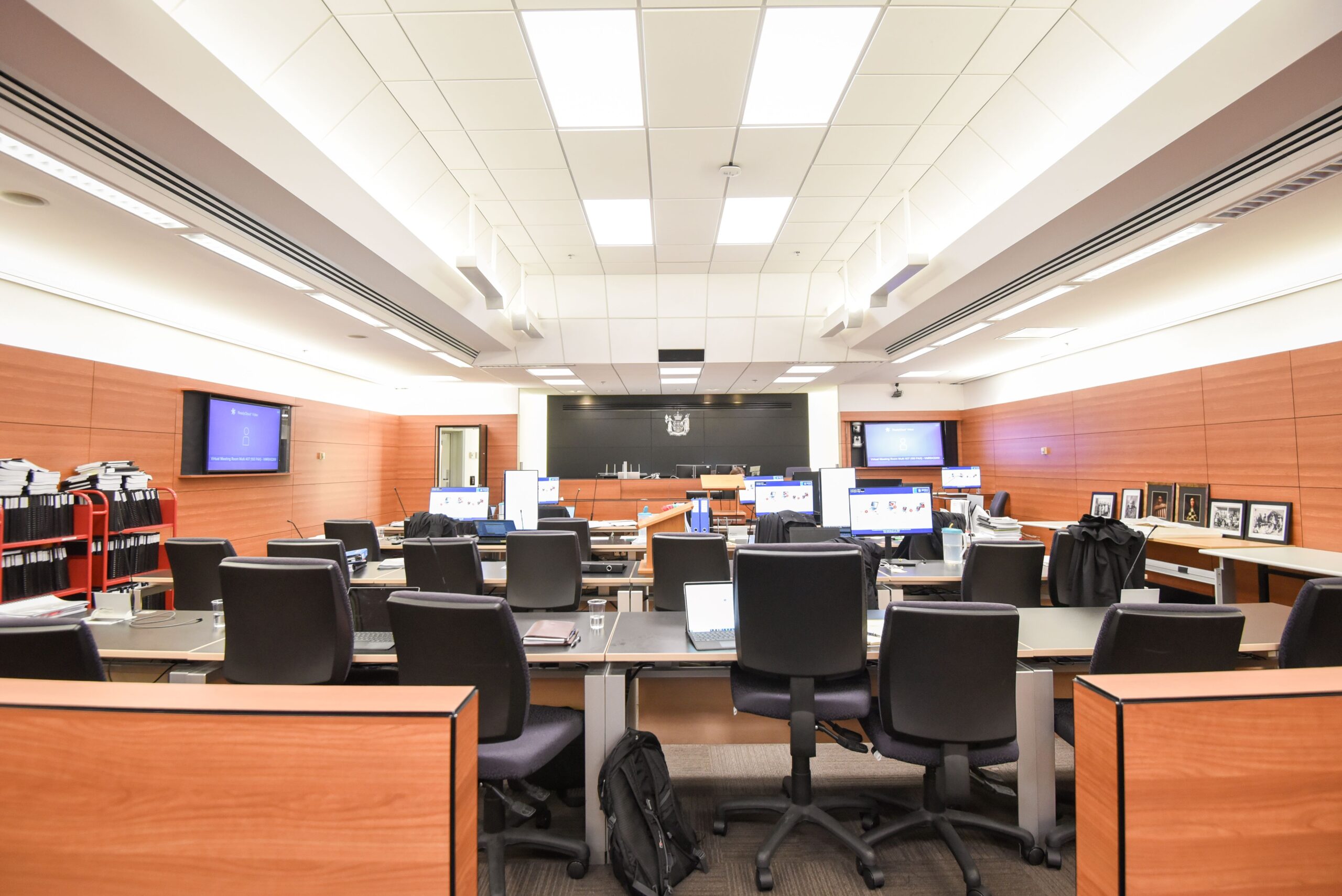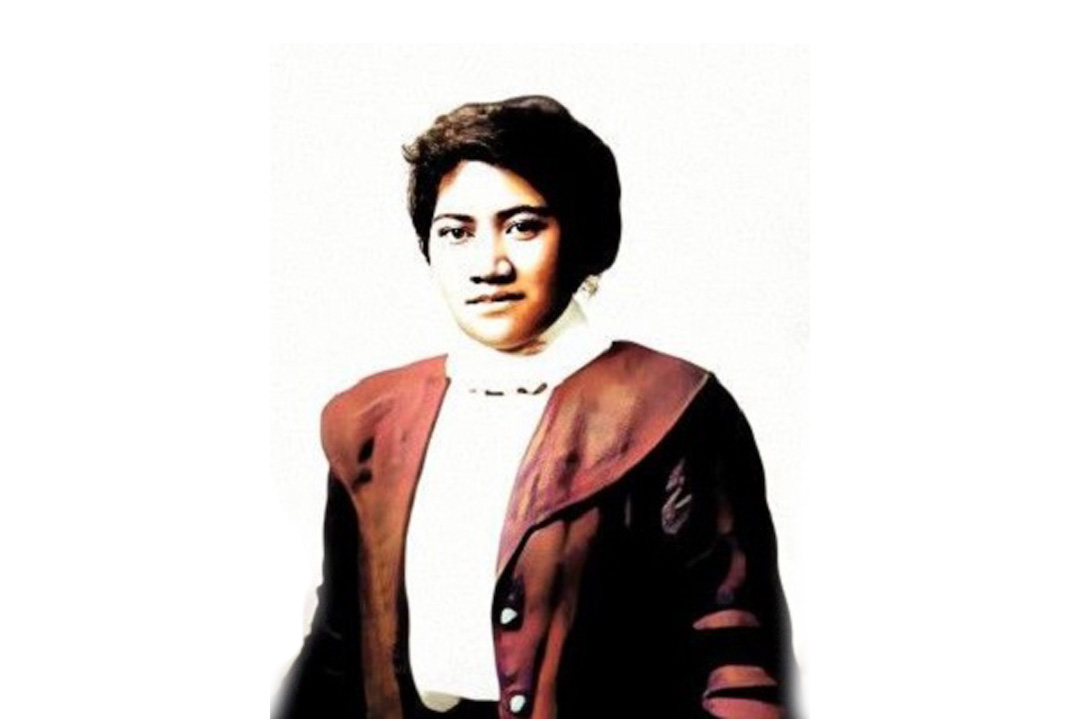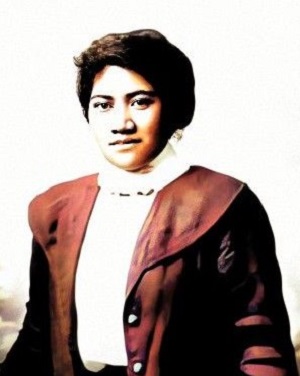
Johny O’Donnell has been a vocal supporter of Making the Tenths Whole – lending his voice and his platform to speak out on our behalf to media and hold politicians to account.
Why was it important to be present at the hearing?
Turning up to court was important to show support for the whānau, especially those who have spent weeks in this courtroom having their identity and history cross-examined, to undermine them and their mana. I am absolutely in awe of those who have taken the stand and represented their community and their whakapapa so bravely. This is a deeply personal kaupapa and those on the frontline need to feel the aroha and tautoko that surrounds them and their quest for justice.
To me, this is not just a fight for the whānau, this is a blight on our whole region that needs resolving. Every single one of us has a responsibility to lend our voices to the injustice that has occurred and stand firmly behind calls for a resolution. I think we all want reconciliation and healing to occur.
What do you hope the outcome will be?
I do not doubt that the whānau will continue to succeed legally as the evidence is so clearly in their favour. It’s remarkably simple when you boil it down, an agreement was never honoured, and the entity that never honoured it has the means to resolve that. So they have no choice in my view, they’re just kicking the can down the road and disappointingly spending millions throwing good money after bad in an intergenerational battle that can be resolved.
I genuinely hope the Crown have a change of heart and realise their strategy of avoidance is deeply flawed. By not engaging in good faith and resolving this, they are continuing to diminish their mana. I want them to know that we are all watching.
What words would you have for Uncle Rore?
E mihi ana ki a koe e te rangatira. I commend your courage, resilience and determination. One of the things that will stick with me most strongly from witnessing the court is how you carry yourself with absolute dignity and never take your eyes off the proceedings. You are an absolute force, not only for your whānau but for the whole of te iwi Māori and indigenous peoples the world over.
What can you share about your personal connection to the whānau and whenua?
Our childhood home sat on Wakatū owned whenua and we lived through the changes to Māori leasehold law. It was a deeply divisive and difficult time that stirred my interest in this kaupapa from an early age. I always felt privileged to grow up under the mana and the manaaki of mana whenua in Motueka. It’s a very special part of the world and I consider myself lucky to have been fed and nourished by the waters, the whenua and the people of this place.
In recent years, I’ve had the honour of working alongside the whānau, which has taken many different forms but has always been driven from the same place – a desire to create better outcomes for Te Tauihu, the community and Te Taiao. To me, that is unwavering and that is what is so exciting about the potential for a settlement here – I just know the potential it will unlock for the whole region.





 Ramari lost her home, her livelihood and her land and was ultimately held in the asylum for three years before being released.
Ramari lost her home, her livelihood and her land and was ultimately held in the asylum for three years before being released.